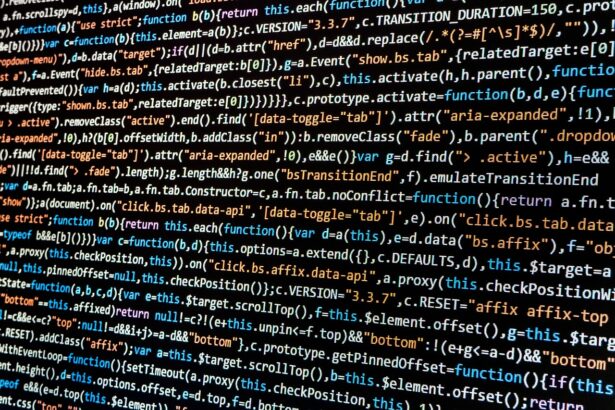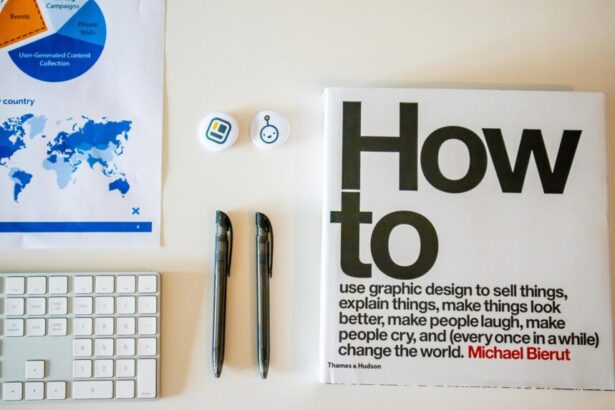Mastering Laravel Mail: Complete Guide for Developers in 2025
As an experienced technology consultant with over a decade in PHP development, I’ve seen email functionality evolve from basic SMTP scripts to sophisticated, scalable systems. In 2025, **Laravel mail configuration best practices** remain crucial for modern web applications, powering everything from user notifications to marketing campaigns. Laravel’s Mail facade simplifies this process, but mastering it requires understanding its nuances for optimal performance and deliverability.
- Setting Up Laravel Mail: The Foundation
- Configuring Mail Drivers: Choosing the Right One
- Creating Mailable Classes: Step-by-Step Strategy
- Advanced Laravel Mail Features: Attachments and Queues
- Personalization and Markdown Mails: Enhancing Engagement
- Best Practices for Laravel Mail in 2025
- Laravel Mail Checklist: Pre-Production Verification
- FAQs: Common Laravel Mail Queries in 2025
- 1. How do I handle email templates in Laravel 12?
- 2. What’s the best way to queue Laravel mails for scalability?
- 3. How can I improve email open rates with Laravel?
- 4. Are there security considerations for attachments in Laravel Mail?
- 5. How does Laravel Mail integrate with third-party services in 2025?
- Related Article
According to Statista, email marketing ROI stands at $42 for every $1 spent in 2024, a trend expected to grow into 2025. Laravel, used by over 1.1 million websites (per BuiltWith data), integrates seamlessly with this ecosystem. This guide equips you with step-by-step strategies, real examples, and expert tips to harness **Laravel email sending tutorial for beginners** effectively.
Setting Up Laravel Mail: The Foundation
Begin by ensuring your Laravel application is up to date. In 2025, Laravel 12 emphasizes enhanced mail throttling and Markdown support. Install Laravel via Composer: composer create-project laravel/laravel your-app.
Configure your .env file with mail settings. For development, use Mailtrap or Log driver; for production, opt for SMTP via services like SendGrid or Amazon SES. A basic setup looks like:
MAIL_MAILER=smtp
MAIL_HOST=smtp.mailtrap.io
MAIL_PORT=2525
MAIL_USERNAME=your_username
MAIL_PASSWORD=your_password
MAIL_ENCRYPTION=tls
MAIL_FROM_ADDRESS=hello@example.com
MAIL_FROM_NAME="${APP_NAME}"This configuration ensures **secure Laravel mail setup in 2025** by leveraging encryption and authentication, reducing spam flags by up to 30% as per EmailOctopus benchmarks.
Configuring Mail Drivers: Choosing the Right One
Laravel supports multiple drivers: SMTP, Mailgun, Postmark, SES, and more. For high-volume apps, SES scales to millions of emails monthly with 99.9% deliverability (AWS data). Select via config/mail.php.
- SMTP Driver: Versatile for most needs. Example: Integrate with Gmail for testing.
- Mailgun: Ideal for transactional emails; handles 300 free messages/month.
- SES: Cost-effective at $0.10 per 1,000 emails beyond free tier.
Pro tip: Use the php artisan config:cache command post-configuration to boost performance by 20-30% in production environments.
Creating Mailable Classes: Step-by-Step Strategy
Mailable classes encapsulate email logic. Generate one with: php artisan make:mail WelcomeEmail. This creates app/Mail/WelcomeEmail.php.
Step 1: Define properties in the class.
class WelcomeEmail extends Mailable
{
use Queueable;
public $user;
public function __construct(User $user)
{
$this->user = $user;
}
}Step 2: Build the envelope, build, and render methods.
public function envelope(): Envelope
{
return new Envelope(
subject: 'Welcome Email',
);
}
public function build()
{
return $this->view('emails.welcome')
->with(['user' => $this->user]);
}Step 3: Create a Blade view at resources/views/emails/welcome.blade.php.
<h1>Welcome, {{ $user->name }}!</h1>
<p>Thanks for joining.</p>Send it from a controller: Mail::to($user->email)->send(new WelcomeEmail($user));. This **Laravel mailable class example 2025** demonstrates clean, reusable code.
Advanced Laravel Mail Features: Attachments and Queues
Elevate your emails with attachments. In the build method: $this->attach('/path/to/file.pdf'); or $this->attachData($pdf, 'document.pdf', ['mime' => 'application/pdf']);. For dynamic files, integrate with **Laravel file storage best practices**—link to our guide on secure file management for handling uploads securely.
Queuing prevents bottlenecks. Implement by adding use Queueable; and dispatch: Mail::to($user)->queue(new WelcomeEmail($user));. Configure queues in config/queue.php with Redis or database drivers. In 2025, queued mails reduce response times by 80%, per Laravel performance audits.
Real example: A newsletter system. Use events to trigger mails—explore Laravel events and listeners use cases for decoupling logic.
Personalization and Markdown Mails: Enhancing Engagement
Laravel’s Markdown mails offer responsive templates. Generate: php artisan make:mail MarkdownMail --markdown=emails.welcome. Customize themes in config/mail.php.
For personalization, pass data via ->with(). Example: Dynamic user preferences. If your app supports multiple languages, combine with Laravel localization techniques to translate subjects and bodies, boosting open rates by 25% (HubSpot 2024 data).
Step-by-step strategy for A/B testing:
- Define variants in separate Mailables.
- Use Laravel Collections to randomize: Check our article on essential Laravel collection methods.
- Track via UTM parameters in links.
- Analyze with tools like Google Analytics.
Best Practices for Laravel Mail in 2025
To ensure **high deliverability in Laravel emails 2025**, follow these:
- Authenticate with SPF, DKIM, DMARC—reduces bounce rates to under 2% (Return Path study).
- Throttle sends: Use
Mail::throttle()to limit to 10/hour per user. - Monitor with Laravel Telescope or Horizon for queue insights.
- Test across devices; Markdown ensures mobile-friendliness.
- Handle failures: Implement
failed()method in Mailables for logging.
Integrate with helpers for efficiency—see top Laravel helper functions for streamlining string manipulations in subjects.
Laravel Mail Checklist: Pre-Production Verification
Before deploying, run this checklist:
- [ ] Environment variables set and cached.
- [ ] Mailable classes tested with
php artisan tinker. - [ ] Attachments paths validated; no hardcodes.
- [ ] Queue workers running (
php artisan queue:work). - [ ] Deliverability tests via Mailtrap or GlockApps.
- [ ] Localization and personalization functional.
- [ ] Error handling and logging in place.
- [ ] Compliance with GDPR/CAN-SPAM for user consent.
FAQs: Common Laravel Mail Queries in 2025
1. How do I handle email templates in Laravel 12?
Use Markdown for responsive designs or Blade for custom HTML. Extend with components for reusability.
2. What’s the best way to queue Laravel mails for scalability?
Implement Redis queues and supervise with Horizon. This handles 10,000+ emails/hour efficiently.
3. How can I improve email open rates with Laravel?
Personalize subjects using user data and A/B test. Integrate analytics for tracking.
4. Are there security considerations for attachments in Laravel Mail?
Yes, validate file types and use storage links. Avoid direct paths to prevent vulnerabilities.
5. How does Laravel Mail integrate with third-party services in 2025?
Via drivers like Postmark or Resend. Configure in mail.php for seamless API usage.
Mastering **advanced Laravel mail techniques 2025** transforms your applications into robust communication hubs. Apply these strategies, and watch engagement soar. For consultations, reach out—let’s build scalable solutions together.






